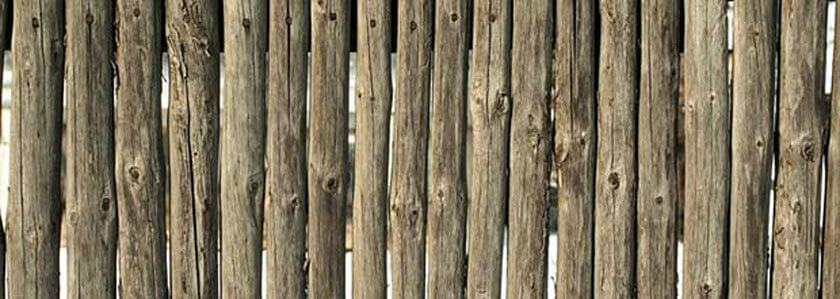Being caught out in the elements without shelter is a dangerous situation. Fortunately, the materials to build a shelter quickly are always at our reach. The only thing you are missing is the knowledge to combine all these elements into a shelter. This knowledge will not only save you from dangerous animals and cold, but may also save your life. If you’re stranded without shelter, try these quick steps to protect yourself from the elements.
1. Find a place to build a camp
A camp sight should be on higher ground than the surrounding area to prevent water from seeping into your shelter and sight. High, but gently sloping ground next to a tree line, meadows and brush will provide many building materials.
2. Cut three or four long poles
These poles should be as long as your height.You may attach three to a standing tree making your shelter sturdier. If you can’t use a tree, dig a hole and pack the fourth pole into it.
3. Build the shelter’s frame
Using cordage and clove hitch knots, lash the ends of the poles together, then lash the ends of the poles to the tree or fixed pole about half your height from the ground to the top of the tree or fixed pole. Spread the frame out by laying the unleashed end of the middle lashed pole on the ground in the direction the wind is blowing. Spread the ends of the other two poles several feet away in each direction from the end of the middle pole.
4. Make the walls
Cut brush or branches and lay them across the poles working from the ground up on all sides. Leave an opening in the front away from the wind where the lashed ends of your poles are fixed to the tree or fixed pole. This will be your entrance. You may weave your brush and branches together for sturdiness.
5. Pile debris onto your walls
Debris may be conifer boughs and needles, leaves, grass, bark, leafy brush like sagebrush or any combination thereof. You may cut what you need or scoop up from the forest floor. Pile the debris at least three feet thick on your shelter.
6. Fix the debris on your shelter
To keep the wind from blowing the debris from your shelter, pile heavier branches or brush on top of the debris. Work from the back of your shelter, which will be facing the wind toward your entrance.


